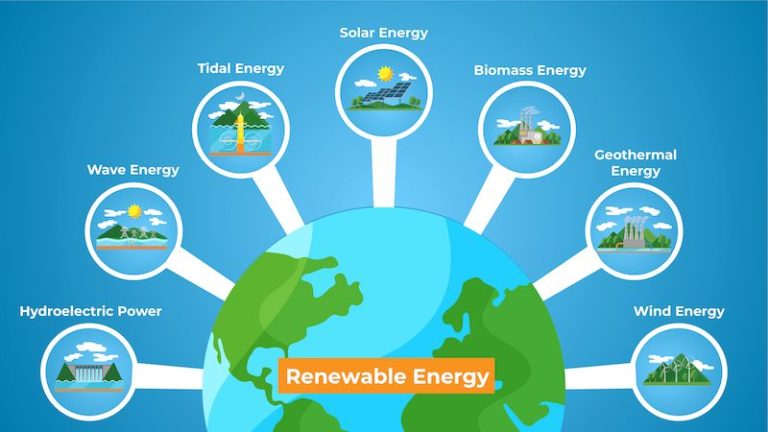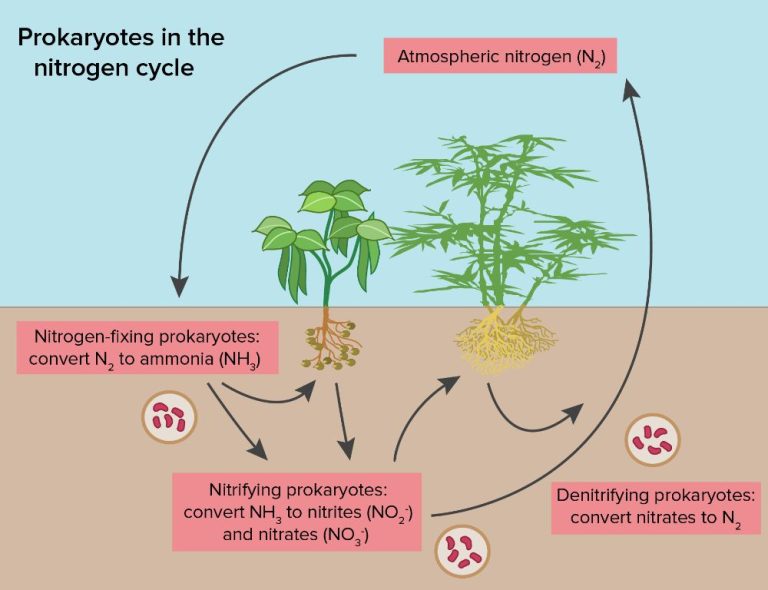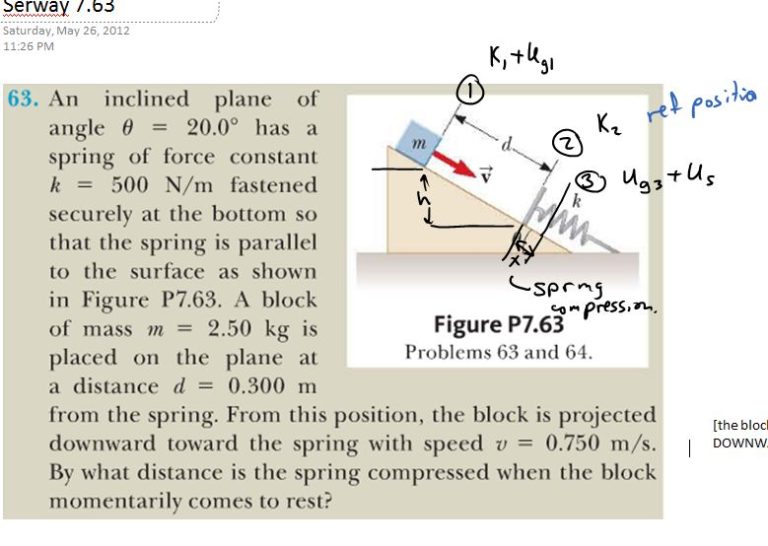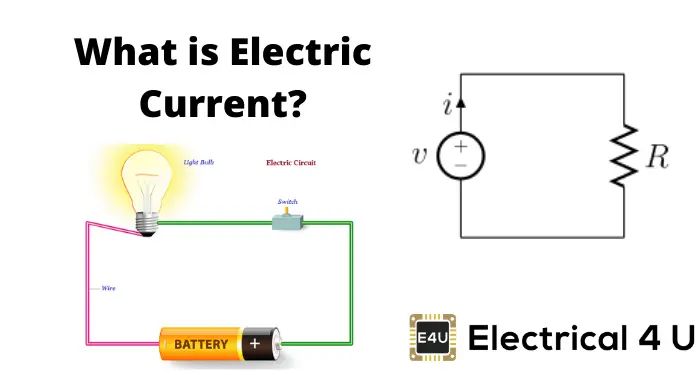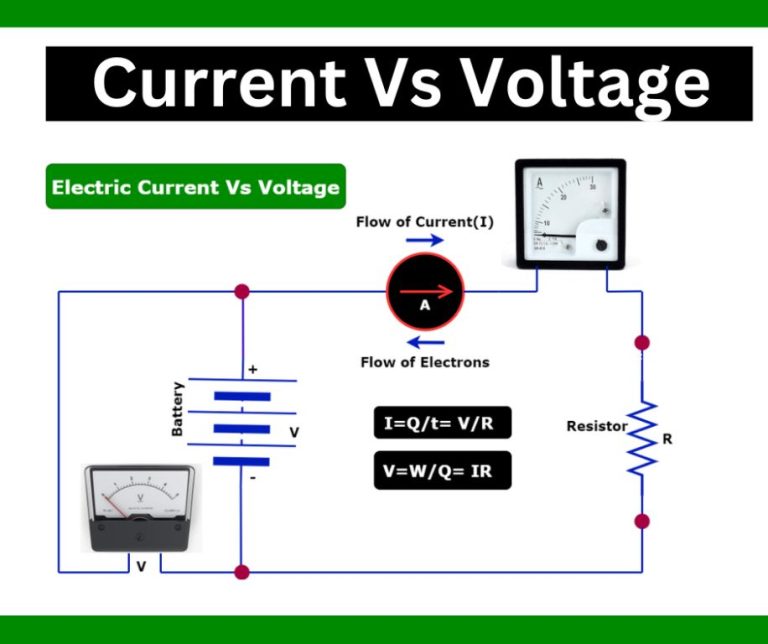What Is The Main Source Of Energy For Life On Earth ______________?
Photosynthesis is the process by which plants, algae and certain bacteria convert sunlight into chemical energy. During photosynthesis, carbon dioxide and water are converted into glucose and oxygen using solar energy. The glucose synthesized during photosynthesis is then used as an energy source by plants, algae and other photosynthetic organisms. The oxygen produced as a byproduct is released into the atmosphere and utilized by other organisms during cellular respiration.
Photosynthesis is by far the most important biological process on Earth. It is the primary mechanism through which solar energy is captured and converted into chemical energy. Photosynthesis provides the energy required by nearly all life on Earth. The carbohydrates produced during photosynthesis are used by plants for energy and to build leaves, flowers, fruits, stems and roots. These plant materials are consumed by animals and humans, transferring the energy derived from the sun to higher trophic levels. According to most estimates, photosynthesis produces around 100-115 billion metric tons of dry biomass each year. This organic material drives the vast majority of ecosystem processes and food webs on Earth.
So in summary, photosynthesis is the key source of energy that sustains virtually all life on Earth. It is one of the most important biological processes and the basis for the vast majority of Earth’s ecosystems.
Overview of Photosynthesis
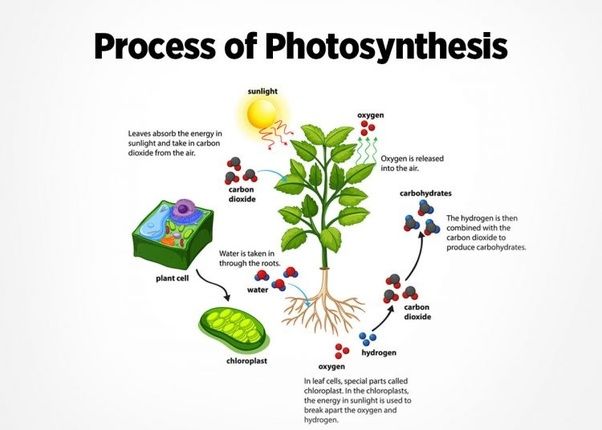
Photosynthesis is the process used by plants, algae, and certain bacteria to harness energy from sunlight and turn it into chemical energy in the form of glucose. This process converts carbon dioxide from the air and water into sugars that can be used by the organism for energy and growth. Photosynthesis takes place in plant cells, specifically within organelles called chloroplasts. In this process, chlorophyll and other pigments absorb energy from sunlight. The light energy is used to convert water from the soil and carbon dioxide gas into oxygen and energy-rich molecules like glucose. The overall chemical equation for photosynthesis is:
6CO2 + 6H2O + Light Energy → C6H12O6 + 6O2
So in summary, the basic steps of photosynthesis are:
- Light energy is captured by chlorophyll and converted into chemical energy.
- Carbon dioxide and water are absorbed and converted into glucose and oxygen.
- Glucose molecules provide energy for the plant and oxygen is released as a byproduct.
This is the essential process that allows plants to harvest the sun’s energy and provide food for themselves and animals on earth.
The Photosystems
Photosynthesis takes place in organelles called chloroplasts, which contain the chlorophyll pigment that gives leaves their green color. Within the chloroplast are stacked, disc-shaped structures called thylakoids. It is here where the light reactions of photosynthesis occur through photosystems.
There are two types of photosystems involved in the light reactions – Photosystem I and Photosystem II. Photosystem II uses light energy to extract electrons from water molecules, producing oxygen as a byproduct. The energized electrons are then transported through an electron transport chain to Photosystem I. Here, the electrons combine with electrons and hydrogen ions to produce NADPH, an energy carrier molecule.
The two photosystems work in tandem, connected through the electron transport chain. Photosystem II harnesses energy from sunlight to start the electron flow, while Photosystem I utilizes this energy to produce NADPH. The end result is storing light energy in the chemical bonds of NADPH for use in the Calvin cycle reactions.
Light Reactions
The light reactions of photosynthesis convert light energy into chemical energy in the form of ATP and NADPH. This process takes place in the thylakoid membranes inside chloroplasts.
When a pigment molecule such as chlorophyll absorbs light, an electron in the molecule becomes excited and gains energy. The excited electron is transferred to an electron acceptor molecule, leaving behind a “hole” where the electron was. This creates a separation of charge across the thylakoid membrane.
The electron gets passed along a series of electron carrier molecules, eventually arriving at Photosystem I. The energy from the electron excites another electron in Photosystem I, providing the energy to power ATP synthase and generate ATP. The electron that was excited in Photosystem II gets replaced by an electron from the splitting of water.
In the light reactions, water is split to fill electron holes, releasing oxygen as a byproduct. This allows light energy to be converted into chemical energy carriers like ATP and NADPH, which temporarily store energy for use in the Calvin cycle.
The Calvin Cycle
The Calvin cycle, also known as the light-independent reactions, is the second stage of photosynthesis where carbon fixation takes place. This process converts carbon dioxide from the atmosphere into carbohydrates using the energy carriers ATP and NADPH which were produced during the light reactions.
The Calvin cycle takes place in the stroma of the chloroplast and can be broken down into three key steps:
Carbon fixation – CO2 in the atmosphere is “fixed” by combining with the 5-carbon sugar RuBP. This reaction is catalyzed by the enzyme RuBisCO and forms an unstable 6-carbon compound that immediately splits into two 3-carbon molecules called 3-PGA.
Reduction – The ATP and NADPH from the light reactions provide the energy and electrons to convert 3-PGA into G3P. This step reduces 3-PGA by adding electrons and a hydrogen ion.
Regeneration – Most of the G3P produced is used to regenerate RuBP so that the cycle can continue. One out of every six G3P molecules is removed from the cycle and combined to form glucose and other carbohydrate molecules.
Through these three steps, the Calvin cycle is able to capture and reduce atmospheric CO2 into energy-rich carbohydrates like glucose that can be used by cells. This fixation of carbon by photosynthesis is how plants are able to synthesize complex organic molecules from simple inorganic precursors.
Photosynthesis Chemical Equation
The chemical equation for photosynthesis shows how carbon dioxide and water are converted into glucose and oxygen using energy from sunlight. The overall reaction can be expressed as:
6CO2 + 6H2O + sunlight energy → C6H12O6 + 6O2
This equation sums up the complex chemical reactions that occur during photosynthesis. On the left side are the reactants (ingredients) – carbon dioxide (CO2) and water (H2O). On the right side are the products – glucose (C6H12O6) and oxygen (O2).
The reactants are converted into products using energy absorbed from sunlight. The glucose molecule produced can be converted into energy, cellulose, or other carbohydrates needed by the plant. The oxygen is released as a waste product.
The chemical equation shows that water and carbon dioxide are used to produce energy rich glucose molecules and oxygen. Without photosynthesis, there would be no oxygen in the atmosphere for us to breathe!
C3, C4 and CAM Plants
Plants have evolved various modes of carbon fixation to adapt to different environmental conditions. There are three main pathways that plants use to initially fix and reduce atmospheric CO2 during photosynthesis:
- C3 pathway
- C4 pathway
- CAM pathway
The C3 pathway is used by most plants and occurs when CO2 is directly fixed by the enzyme RuBisCO in the Calvin cycle. C3 plants include important crops like rice, wheat, soybeans, cotton, and spinach.
C4 plants have evolved an additional mechanism to concentrate CO2 around RuBisCO, preventing photorespiration. They use an alternate carbon fixation pathway in which oxaloacetate is the first product. C4 plants include maize, sugarcane, sorghum, and many tropical grasses.
CAM plants open their stomata at night to fix CO2 into oxaloacetate. During the day, they use the Calvin cycle to convert it to sugars. This allows CAM plants to conserve water in hot, arid environments. Examples include pineapples, agaves, and cacti.
In summary, C3 carbon fixation is the main photosynthetic pathway. C4 and CAM plants have additional mechanisms to concentrate CO2 and minimize water loss. Understanding these pathways helps explain plant adaptation and distribution.
Factors Affecting Photosynthesis
The rate of photosynthesis is affected by several factors including light intensity, carbon dioxide concentration, temperature, and availability of water. Photosynthesis requires light energy, which is captured by chlorophyll to drive the light-dependent reactions. Therefore, as light intensity increases, the rate of photosynthesis also increases until it reaches saturation point. However, if light intensity becomes too high, it can damage the photosynthetic machinery.
Carbon dioxide is the main source of carbon for plants and is required for the light-independent reactions. An increase in carbon dioxide levels will increase the rate of photosynthesis. However, the effect plateaus once carbon dioxide levels are no longer limiting. Temperature affects the kinetics of the photosynthesis reactions. The rate generally increases with rising temperatures until reaching an optimum, after which enzymes begin to denature and the rate falls. Water is required for photosynthesis to take place, so a lack of water due to drought can limit the rate of photosynthesis.
In summary, the main factors influencing the rate of photosynthesis are light intensity, carbon dioxide concentration, temperature, and water availability. Plants have evolved adaptations to optimize photosynthesis under different environmental conditions.
Ecological Importance
Photosynthesis is arguably the most important biochemical process on Earth. It is the only natural process that harvests energy from the sun and converts it into chemical energy in the form of glucose. This glucose fuels almost all life on Earth either directly or indirectly.
During photosynthesis, plants, algae, and some bacteria take in carbon dioxide (CO2) and water (H2O) and use the energy of sunlight to convert it into oxygen (O2) and glucose (C6H12O6). The oxygen is released into the atmosphere, while the glucose is either used for fuel or converted into plant matter.
The oxygen produced through photosynthesis is essential for most living organisms on Earth who depend on it for cellular respiration. It makes up around 20% of our atmosphere and supports aerobic life.
The glucose produced through photosynthesis is the foundation of nearly all food chains and food webs on the planet. Plants use this glucose to produce proteins, fats, and carbohydrates that serve as food for herbivores. The herbivores in turn serve as food sources for carnivores and omnivores. Without photosynthesis producing a constant supply of glucose and oxygen, complex life on Earth could not exist.
Photosynthesis also plays a crucial role in the carbon cycle on Earth. It removes massive amounts of carbon dioxide from the atmosphere and oceans, using it to build plant matter. The carbon stored in plants is passed on through food chains and becomes part of animals. Much of this carbon eventually gets deposited in the ground as dead plant and animal matter, locking it away for potentially millions of years. This helps regulate carbon dioxide levels in the atmosphere and climate on Earth.
In summary, photosynthesis powers life on our planet by producing oxygen for respiration, glucose for food, and helping regulate the Earth’s carbon cycle and climate. It is a process that quite literally sustains the web of life.
Conclusion
Photosynthesis is the process by which plants, algae and certain bacteria harness the sun’s energy to convert carbon dioxide and water into glucose (food) and oxygen. Through this process, photosynthesis provides the energy needed to power life on Earth. As discussed, during photosynthesis, chlorophyll containing organisms like plants are able to capture sunlight and use it to drive chemical reactions that convert CO2 into organic compounds like carbohydrates. Photosynthesis is the gateway through which energy enters the ecosystems on Earth. By producing oxygen, photosynthesis enables aerobic life forms like humans to survive. Without photosynthesis, the complex life forms on Earth would not exist.
In summary, photosynthesis is the main source of energy input for nearly all life on Earth. Through the process of photosynthesis, sunlight is transformed into biochemical energy and oxygen, both of which are essential to sustaining life on this planet. It powers the growth and functioning of nearly every ecosystem, food web and organism on Earth. That is why photosynthesis is considered the most important biological process on the planet.

